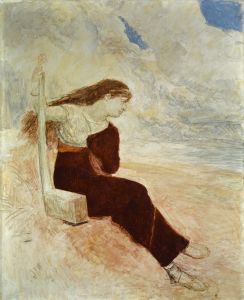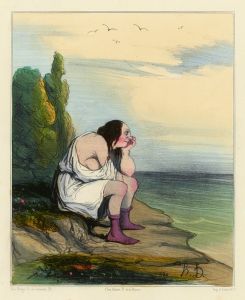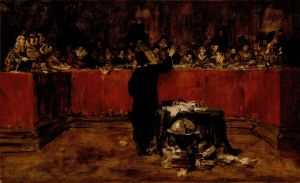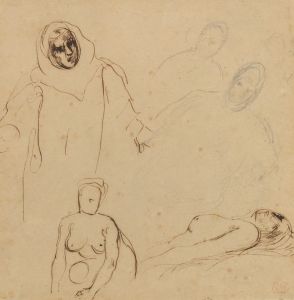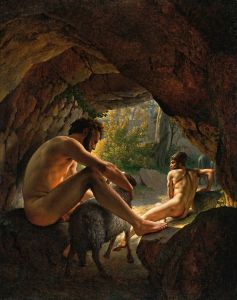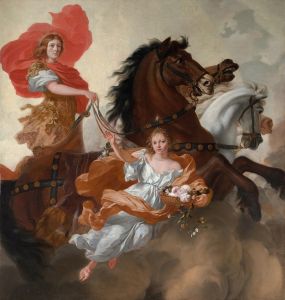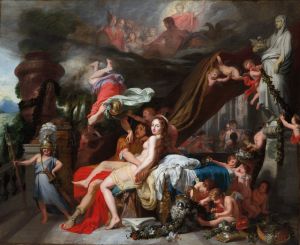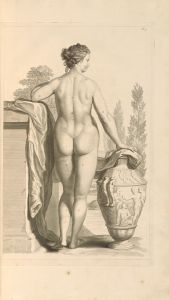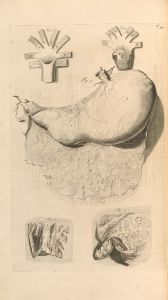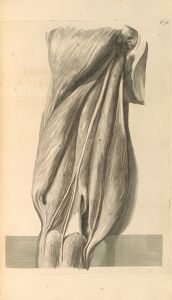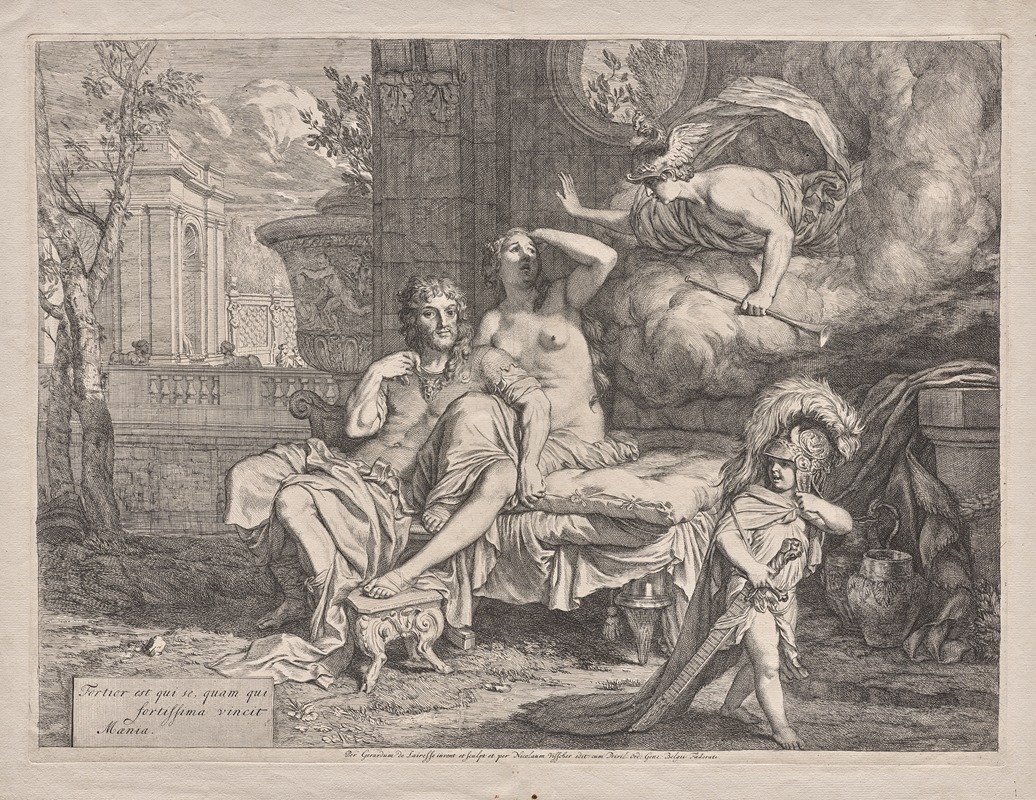
Mercury Orders Calypso to Allow Ulysses Depart
A hand-painted replica of Gerard de Lairesse’s masterpiece Mercury Orders Calypso to Allow Ulysses Depart, meticulously crafted by professional artists to capture the true essence of the original. Each piece is created with museum-quality canvas and rare mineral pigments, carefully painted by experienced artists with delicate brushstrokes and rich, layered colors to perfectly recreate the texture of the original artwork. Unlike machine-printed reproductions, this hand-painted version brings the painting to life, infused with the artist’s emotions and skill in every stroke. Whether for personal collection or home decoration, it instantly elevates the artistic atmosphere of any space.
"Mercury Orders Calypso to Allow Ulysses to Depart" is a painting by the Dutch Golden Age artist Gerard de Lairesse (1641–1711). De Lairesse was a prominent painter, art theorist, and writer, known for his classical style influenced by French academic art and the works of Nicolas Poussin. His paintings often depicted mythological, historical, and allegorical subjects, reflecting the intellectual and cultural trends of the late 17th century.
This particular work illustrates a scene from Homer’s epic poem, the Odyssey. The narrative centers on the hero Ulysses (known as Odysseus in Greek mythology) and his journey home after the Trojan War. In this episode, Ulysses is held captive on the island of Ogygia by the nymph Calypso, who has fallen in love with him and wishes to keep him with her. However, the gods intervene, and Mercury (Hermes in Greek mythology) is sent by Zeus to deliver a message to Calypso, ordering her to release Ulysses so he can continue his voyage home to Ithaca.
De Lairesse’s painting captures this pivotal moment of divine intervention. Mercury is depicted as the messenger of the gods, identifiable by his winged helmet and caduceus (a staff entwined with two serpents). He is shown addressing Calypso, who appears reluctant but resigned to the command. Ulysses is often portrayed in such scenes as a passive figure, emphasizing his role as a subject of divine will rather than an active participant in this particular moment.
The composition reflects de Lairesse’s mastery of classical principles, with balanced arrangements of figures and a clear narrative focus. The artist’s use of light and shadow enhances the dramatic tension of the scene, while the idealized forms of the characters align with the aesthetic ideals of the period. The painting also demonstrates de Lairesse’s skill in rendering textures, drapery, and the human figure, hallmarks of his classical approach.
De Lairesse’s career was marked by his transition from a successful painter to an influential art theorist after he lost his eyesight around 1690. His writings, particularly The Great Book of Painting (Het Groot Schilderboek), had a significant impact on Dutch art theory and practice in the 18th century. While his artistic output declined after his blindness, works like "Mercury Orders Calypso to Allow Ulysses to Depart" remain notable examples of his contribution to Dutch art.
The painting is held in a private collection, and its exact date of creation is not definitively recorded, though it is consistent with de Lairesse’s mature period.





